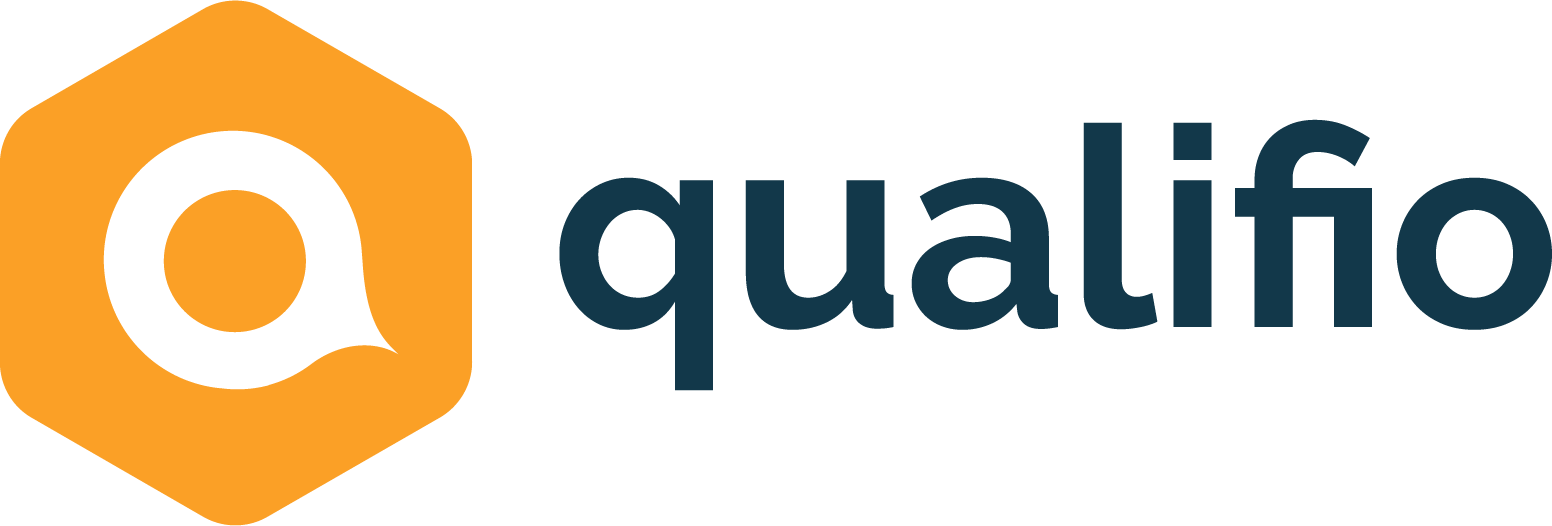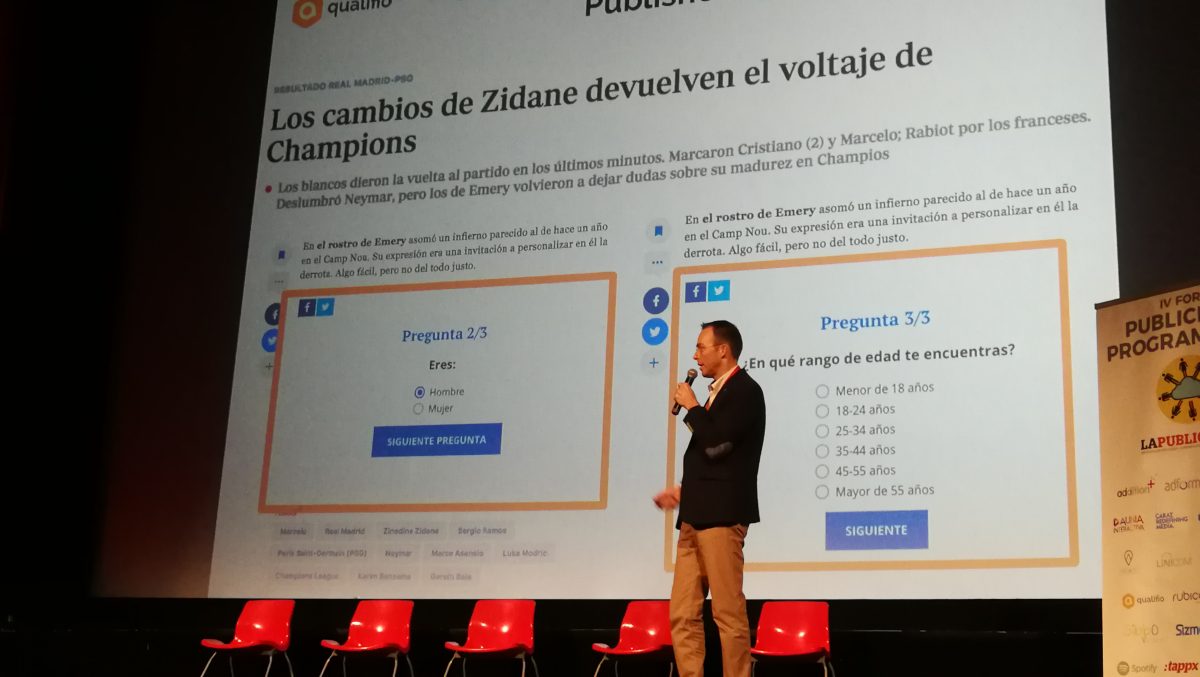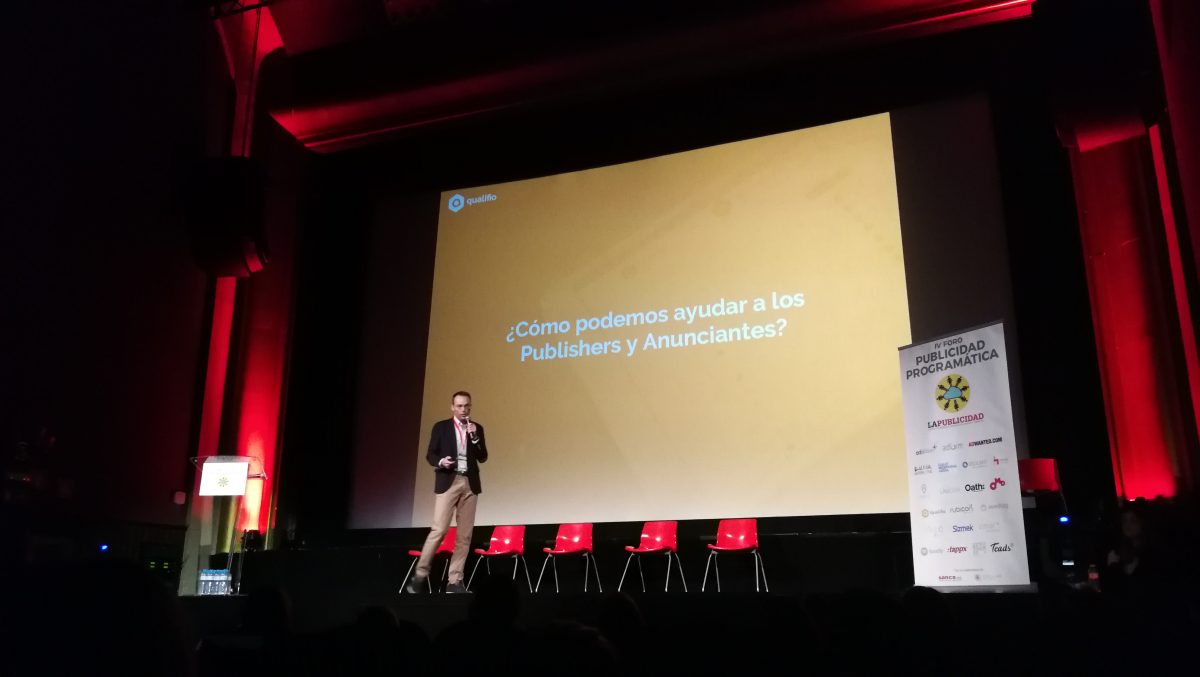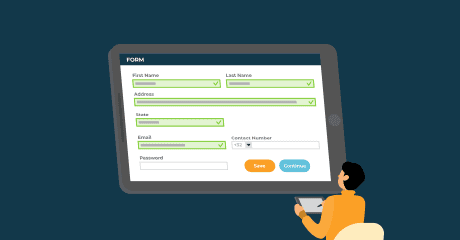The next step of programmatic advertising
Patrick Dost recently sponsored, attended and spoke at the IV edition of the Spanish Programmatic Advertising Forum. The country’s leading advertising industry event, the Forum is organized by La Publicidad, one of Spain’s top advertising, business communication and marketing journals.
Qualifio representative Patrick Dost gave the keynote speech at the event, focusing on the importance of the pre-programmatic phase: the collection of qualified data in order to obtain well-defined profiles with segments increasingly subject to subjective data as a way to substantially improve the retargeting and programmatic advertising phase.
Below is the opinion piece on the programmatic advertising industry that Patrick Dost wrote for the 2018 Programmatic Advertising Guide, published by La Publicidad:
First-party data: the key to the future of programmatic advertising
From the point of view of a sector that complements programmatic advertising, this discussion should start from an analysis based on the perspective of the three main stakeholders: users, advertisers and publishers. All have different problems but the same solution.
The user
RTB, retargeting and other facets of programmatic advertising have become a part of everyday life, particularly for internet users. Users receiving advertising messages after visiting a website or online store, making a purchase, etc., is a common albeit not always appreciated practice, particularly when done incorrectly.
Despite continually advancing technology and improved advertising tactics, it’s obvious that there is still much work to be done. Who, for example, has never received a retargeting ad from an airline after you bought a ticket on their website? Or, what is the purpose for flooding you with ads for single products as soon as you abandon an online shopping cart? Am I really going to buy more margarine or apples if I’m sent reminders by third-party websites? Maybe I started doing something else and I didn’t feel like completing my purchase (“leave me alone!”). Without forgetting the question of sheer volume: for example, if you visit a conference website, every website you go to after that has (the same) ads to entice you to buy the ticket. It is almost worse than the ad by Canalcar (a Spanish ad that repeats “at Canalcar, we buy your car” over and over again).
Advertisers
From my point of view, you could say that programmatic ads have made advertising more affordable for all types of advertisers (big and small). By buying space on blind or semi-blind networks, ads can end up in top online newspapers without spending a fortune, something that was hard to imagine few years ago. But are the right ads being shown to the right users? According to users’ experiences with programmatic advertising, which I’ve already discussed, I think that it’s almost impossible to say that they are.
This is one of the biggest problems, since campaigns fail to be fully effective and a number of additional issues are raised that concern advertisers, including brand safety, fraud, viewability, and not being sure if you will reach the right target.
> Read: 5 ways to improve your data segmentation
Publishers
Since the rise of the internet, the media has been racing against time to find a business model that works. It is clearer than ever that digital advertising alone can’t compensate for the constant decline in revenue for print media. With an increasingly more demanding advertiser, and a user who isn’t much help (an estimated 30% of users in Spain block ads in some way), the media has to consolidate long-term strategies that ensure profits. In terms of programmatic advertising, the solution is not to sell in bulk. It needs something more.
The key? Value for all
If users receive a deluge of impressions that are often irrelevant or poorly timed and advertisers don’t always know how and when they can reach the end consumer on the one hand, and the media has daily contact with consumers on the other, it seems that it is “simply” a matter of fitting the pieces of the puzzle together.
Technology streamlines everything and makes almost anything possible. Today, segmentation through programmatic advertising is largely done according to behavioral data (or third-party declarative data), and many times, when it comes to reaching users, fails to apply the rules of frequency, timing, message, etc. And what if we also included first-party declarative data? Wouldn’t it be interesting to ask about the consumers’ preferences, hobbies, tastes, etc. and then use that information for the purposes of customization? Here’s an example: there are three essential pieces of information for an airline: the destination, the travel dates and the moment the customer begins to search for the flight. The advertiser can “test” the user in a quick, fun way by asking three questions, very short and fun test, the advertiser can launch three questions to the user, add the answers to your DMP, and then incorporate them into future programmatic advertising campaigns. This way the user will see an ad for a flight to Paris in May and can book a flight leaving in July, for example.
> Read: 5 brilliant ideas from travel companies to personalise their marketing
If the media and advertisers (with the help of ad agencies) began to generate their own declarative first-party data and use it for retargeting campaigns, it could give rise to an interesting new dimension both from the consumer’s perspective as well as from our own. The user would see relevant content, the advertiser could send the right message at the right time, and the media could charge a higher CPM for it.
Qualifio, well aware of this fact, mediates between the three stakeholders by offering first-party data collection and processing solutions in order to help agencies and media build more concrete and specific audience profiles.
The goal is to gradually build a cluster with increasingly subjective and personal data, in such a way that the advertiser can even anticipate the user, providing what the user wants at the right time and in the right environment to make the reception of the impression welcome. And this is the next step: bringing the problems of the three stakeholders together into a solution, based on the use of technologies that qualify audiences.
